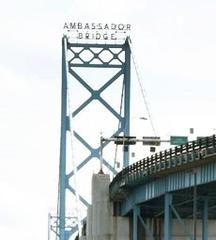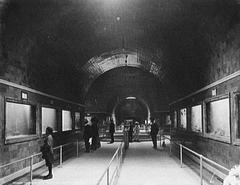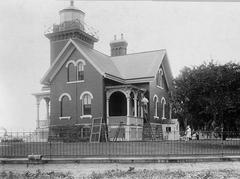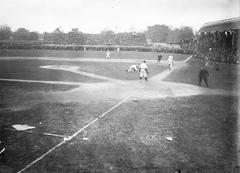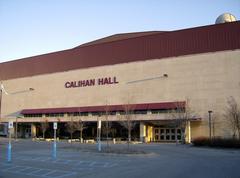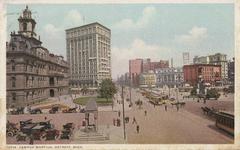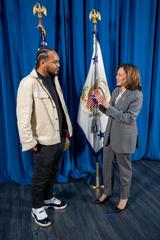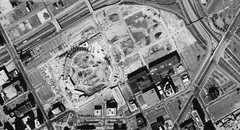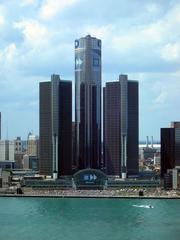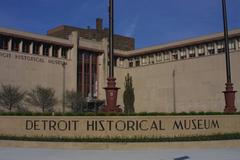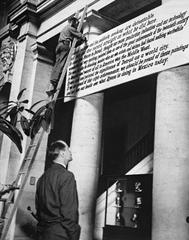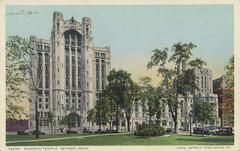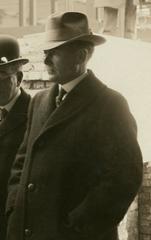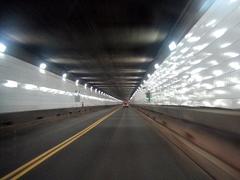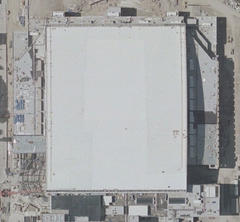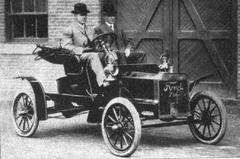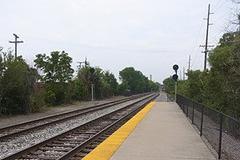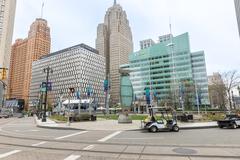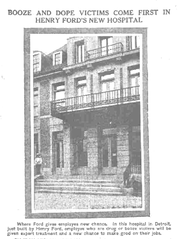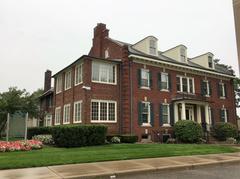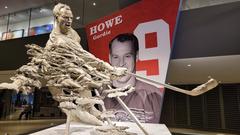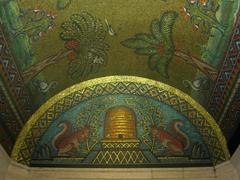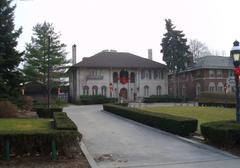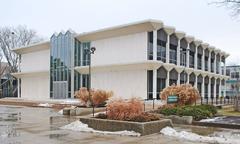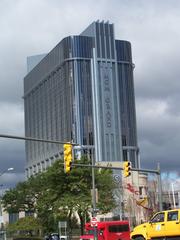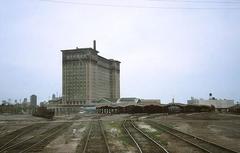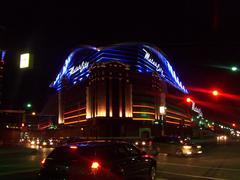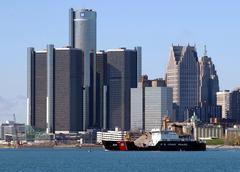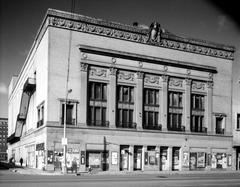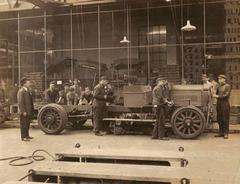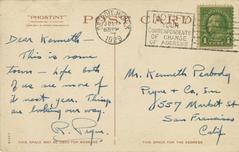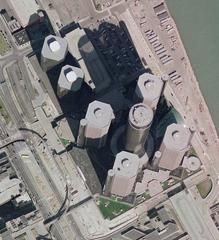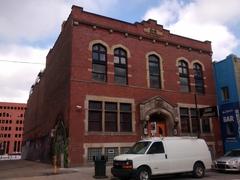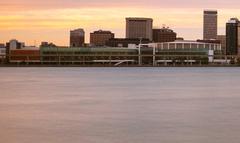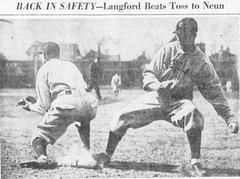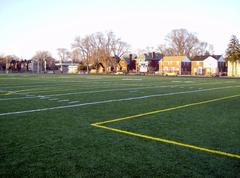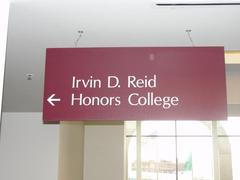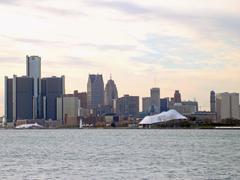
Second Baptist Church Detroit: Visiting Hours, Tickets, and Complete Historical Guide
Date: 04/07/2025
Introduction
Second Baptist Church Detroit is a monumental symbol of African American heritage, faith, and activism. Founded in 1836 by thirteen formerly enslaved African Americans, it is Michigan’s oldest African American congregation and the oldest Black-owned religious institution in the Midwest (NPS.gov, Wikipedia). Its strategic location near the Detroit River and the Canadian border made it a critical station on the Underground Railroad, sheltering thousands of freedom seekers. Today, it serves as both an active congregation and a vibrant historical site, offering free admission, guided tours, and educational programming. This guide provides essential visiting information, detailed historical context, and practical tips to enrich your experience at this iconic Detroit landmark.
Table of Contents
- Introduction
- Historical Overview
- Visitor Information
- FAQ
- Conclusion & Call to Action
- Practical Information
- References
Historical Overview
Founding and Early Years (1836–1857)
Second Baptist Church was established in 1836 by thirteen formerly enslaved African Americans who sought spiritual autonomy after experiencing discriminatory practices at Detroit’s First Baptist Church (NPS.gov). Their resolve led to the creation of Michigan’s oldest Black congregation (Wikipedia). Initially meeting in a rented hall, the congregation moved to its permanent site at 441 Monroe Street in 1857 after a fire destroyed their previous building.
The Underground Railroad (1836–1865)
Situated close to the Canadian border, Second Baptist Church became an essential Underground Railroad station. Between 1836 and 1865, the church helped an estimated 5,000 freedom seekers escape slavery, providing shelter, food, and clothing (Second Baptist Detroit, DURHS Detroit). The church’s Harriett Tubman Lecture Room—formerly its basement—remains a powerful testament to this courageous legacy, where visitors can experience the very space that once served as a safe haven for those seeking freedom (Visit Detroit).
The congregation worked closely with leading abolitionists like Frederick Douglass, Sojourner Truth, and John Brown (BlackPast.org), and played a key role in forming the Amherstburg Baptist Association and the Canadian Anti-Slavery Baptist Association (Wikipedia).
Advocacy and Community Impact
Beyond its abolitionist efforts, Second Baptist was a center for African American advocacy. The church established Detroit’s first school for Black children in 1839 and was home to Fannie Richards, the city’s first Black career public school teacher (Wikipedia). It hosted the State Convention of Colored Citizens in 1843 and 1865, advocating for Black suffrage and civil rights (NPS.gov). After the Civil War, Second Baptist aided thousands of freed people migrating to Detroit, supporting their integration into the city (The History List).
Architectural Evolution
The current church building, constructed in 1914 after a previous fire, is a striking example of Gothic Revival architecture. It features a gabled roof, lancet windows with wood tracery, and a crenellated parapet (Wikipedia). A 1926 addition expanded its facilities, and in 1968, a bold Brutalist educational wing was added by Sims-Varner and Associates, one of Detroit’s premier Black architectural firms (Curbed Detroit). This juxtaposition of styles makes Second Baptist an architectural landmark as well as a historical one (SAH Archipedia).
Civil Rights and Modern Legacy
Throughout the 20th century and beyond, Second Baptist continued its tradition of activism. It raised substantial funds for community support during World War I and the Great Depression (BlackPast.org), partnered with organizations like the NAACP, and hosted major figures including Dr. Martin Luther King, Jr. and Dr. Ralph Bunche. The church has helped form more than 30 other African American congregations in the Detroit area (Wikipedia).
Today, the legacy of Second Baptist is kept alive through regular services, community outreach, educational programming, and immersive tours led by the Detroit Underground Railroad Historical Society (Second Baptist Detroit; DURHS Detroit).
Visitor Information
Hours, Admission, and Tickets
-
Standard Hours:
- Monday to Friday: 9:00 AM – 5:00 PM
- Saturday: 10:00 AM – 4:00 PM
- Sunday: Worship services (check ahead for visitor hours)
-
Guided Tour Schedule:
- Wednesday, Friday, Saturday: 10:00 AM, 11:30 AM, 1:30 PM
- Reservations required for tours. Advance booking is highly recommended (Visit Detroit).
-
Admission:
- Free, with donations encouraged to support preservation and educational programs.
Guided Tours
Guided tours last 60–90 minutes and are led by knowledgeable docents. Highlights include the Gothic Revival sanctuary, historic murals and exhibits, and the Harriett Tubman Lecture Room/Croghan Street Station—the original basement safe house that sheltered freedom seekers. Tours provide powerful storytelling and historical context for all ages (Visit Detroit; Waymarking).
Accessibility
- Wheelchair Access: The main sanctuary and public areas are accessible. The historic basement has mobility challenges; contact staff in advance for accommodations.
- Restrooms: Accessible facilities available.
- Parking: Limited street parking and nearby paid lots. Public transit options include the Detroit People Mover, QLine, and several bus routes.
Photography and Facilities
- Photography: Permitted except during worship services or private events.
- Gift Shop: Books, souvenirs, and educational materials are available.
- Dress Code: Casual to business casual recommended; comfortable shoes advised for walking/standing.
Nearby Attractions
- Within Walking Distance:
- Detroit Riverwalk
- Charles H. Wright Museum of African American History
- Detroit Historical Museum
- Fox Theatre
- “Gateway to Freedom” Memorial at Hart Plaza
FAQ
Q: What are the Second Baptist Church Detroit visiting hours?
A: Monday to Friday, 9:00 AM – 5:00 PM; Saturday, 10:00 AM – 4:00 PM. Tours are available by reservation; check the website for updates.
Q: Is there an admission fee?
A: Admission is free. Donations are encouraged.
Q: Are guided tours available?
A: Yes, on Wednesday, Friday, and Saturday at designated times. Reservations are required.
Q: Is the church wheelchair accessible?
A: The main sanctuary is accessible; the historic basement may present challenges—contact ahead for assistance.
Q: Can I take photographs?
A: Yes, except during services or private events.
Q: Are children welcome?
A: Absolutely. Tours are family-friendly and interactive.
Conclusion & Call to Action
Second Baptist Church Detroit is more than a historic building—it is a living testament to resilience, faith, and the enduring quest for freedom and equality. A visit here offers a transformative experience, connecting you to the courageous stories of the Underground Railroad and the ongoing legacy of Detroit’s African American community.
Plan your visit today:
- Reserve your tour in advance
- Explore the sanctuary, Harriett Tubman Lecture Room, and exhibits
- Combine your visit with other Detroit historical sites
For the latest updates, virtual tours, and event announcements, download the Audiala app and follow Second Baptist Church Detroit on social media. Embrace the opportunity to witness a living monument where history, faith, and activism converge.
Practical Information
- Address: 441 Monroe St, Detroit, MI 48226
- Tour Reservations: Via official church website or partner tourism sites
- Contact: Call ahead or check the website for current details on tours, events, and accessibility
- Transit: Detroit People Mover, QLine, local buses
- Parking: Limited; use nearby paid lots if necessary
References
- NPS.gov
- Wikipedia
- Second Baptist Detroit
- DURHS Detroit
- BlackPast.org
- Detroit Historical Society
- The History List
- Visit Detroit
- SAH Archipedia
- Curbed Detroit
- Waymarking
- ClearView

